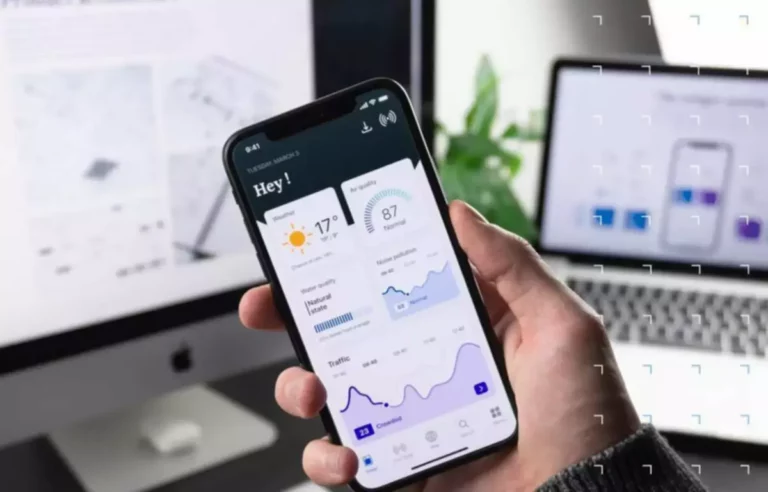Before the line converges the buyers come into the market and as a result, the decline in prices begins to lose its momentum. This results in the breaking of the prices from the upper trend line. As a reversal signal, it is formed at a bottom of a downtrend, indicating that an uptrend would come next.
The only common pattern found between Elliott Wave and other methodology is the triangle. Otherwise, Elliott Wave Theory identifies patterns as zig-zags, flats, impulses, or in the case of wedges, something called a diagonal. We will now use the same chart to show how you should trade the rising wedge. The Falling Wedge in the Uptrend indicates the continuation of an uptrend. The Rising Wedge in the downtrend indicates a continuation of the previous trend.
Definition and Meaning of Falling Wedges
The pattern typically forms after a sustained uptrend, indicating potential exhaustion among buyers. Both support and resistance trendlines are upward sloping, but they converge as the pattern matures, creating a wedge shape. A decrease in trading volume as the pattern progresses can serve as additional confirmation of an impending reversal. is a falling wedge bullish or bearish The falling wedge is a bullish price pattern that forms in a positive trend, marking a short pause that’s expected to result in a breakout to the upside. Still, some traders choose to regard the pattern as a bearish sign. The most common reversal pattern is the rising and falling wedge, which typically occurs at the end of a trend.

Wedge patterns can be continuation or reversal patterns depending on which way they breakout. A wedge pattern generally forms and moves in the opposite direction of the longer term trend on a chart and shows a short term reversal that usually fails and the previous trend resumes. Like rising wedges, the falling wedge can be one of the most difficult chart patterns to accurately recognize and trade. When lower highs and lower lows form, as in a falling wedge, the security is trending lower.
Wedge Patterns as Trend Reversals
Rising wedges have a throwback and pullback rate of as much as 72%, meaning there is a return to the trend line before the follow-through move to the target. Technical analysis patterns come in various shapes and sizes, with some being more bullish or bearish, while others are neutral. Few trading patterns are as easy to identify and trade as the rising wedge pattern. It should be noted, like most approaches and models in finance and investment, that patterns like these are not 100% reliable.
Crypto Predictions: What’s in Store for October 2023? – BeInCrypto
Crypto Predictions: What’s in Store for October 2023?.
Posted: Wed, 04 Oct 2023 09:44:59 GMT [source]
Both of the trend lines in the falling wedge are sloping downwards, with a shrinking channel signaling an impending decline. The price shows a dramatic surge upwards through the top line of the falling wedge on significant volume, while the trend lines move closer to merging. This catches investors and traders off guard, resulting in a breakout and continuing uptrend. When the market produces lower lows and lower highs with a narrowing range, the chart pattern known as a falling wedge is formed. This pattern is called a reversal pattern when it appears in a downtrend since the range contraction proposes that the downtrend is losing pace.
STOCK TRAINING DONE RIGHT
This will help the bullish side along, and will help the bullish breakout take place. Coming from a bearish trend, most market participants have bearish outlooks, and expect the market to continue falling. This also holds true at first, when the market forms the first highs and lows of the pattern. One of the biggest challenges breakout traders face, is that of false breakouts. As you might have guessed, a false breakout is when the market breaks out past a breakout level, but then reverses and goes in the opposite direction of the initial breakout. When the wedge starts to form you should be able to draw a line that connects the local highs, and another one that connects the local lows.
- Also, the best timeframe can also depend on the asset being traded, its volatility and the trader or investor’s strategy and risk tolerance.
- In a rising wedge continuation pattern, the previous price movement must have been down.
- She has worked in multiple cities covering breaking news, politics, education, and more.
- The reversal is either bearish or bullish, depending on how the trend lines converge, what the trading volume is, and whether the wedge is falling or rising.
- Another common signal of a wedge that’s close to breakout is falling volume as the market consolidates.
They form by connecting 2-3 points on both support and resistance levels. Look for a retest of the wedge after breakout and if it holds then you’ll have bullish confirmation. The trend lines drawn above and below the price chart pattern can converge to help a trader or analyst anticipate a breakout reversal.
Rising wedge example: Russell 2000
The aim is to identify a slowdown in the rate at which prices drop, suggesting a potential shift in trend direction. It’s also critical to wait for prices to break through the upper resistance line of the pattern and to validate this bullish signal with other technical analysis tools before deciding to buy. One of the continuation chart patterns is the symmetrical triangle pattern, wherein two intersecting trend lines link a set of peaks and troughs to create this pattern.

First, to achieve an equivalent slope, the convergent trend lines must be converging. Then, a bullish symmetrical triangle must develop in a market with an uptrend, with prices breaking through the top trend line. Lastly, in a downturn, a bearish symmetrical triangle must develop, and prices must break through the bottom trend line. When combined with the rising wedge pattern, it makes a significant pattern that indicates a shift in the direction of the trend. Generally, a falling wedge is seen as a reversal, though there are instances where it might help a trend continue rather than the reverse.
Swing Trading Signals
Also, the best timeframe can also depend on the asset being traded, its volatility and the trader or investor’s strategy and risk tolerance. Remarkably, this target was precisely met a month later, on March 27, 2023, providing an anecdote of the predictive power of the rising wedge pattern. When it comes to the exact placement, there are some guidelines that pertain specifically to the falling wedge.
